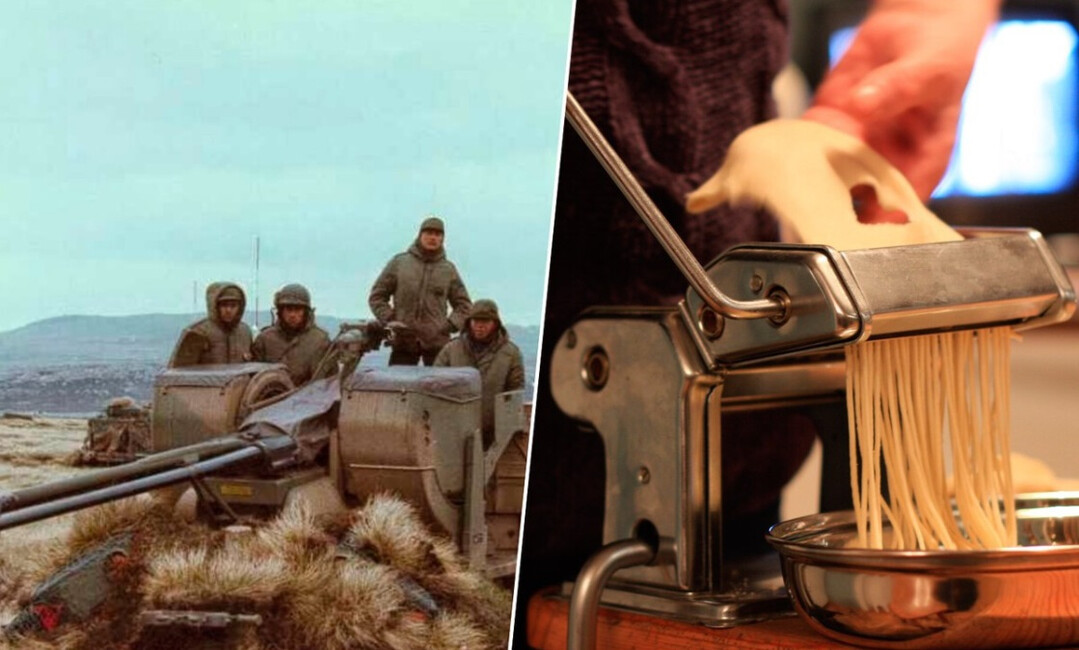
The remarkable story of the Argentine Air Force (FAA), which, facing technological inferiority during the 1982 Falklands War, created electronic countermeasures using pasta-making machines, is being revisited.
In an unequal war against Britain, Argentine pilots had to fight without radar warning receivers, but they tried to overcome their technological limitations with ingenious ideas and dedication.
Technological Disadvantage and 'Chaff'
In the Falklands War, the British operated Sea Harrier fighters equipped with advanced radar and AIM-9 Sidewinder missiles. In contrast, Argentina had to use A-4 Skyhawks, Mirage IIIs, Daggers, and Canberra bombers lacking radar warning systems or electronic countermeasures.
In this situation, the Argentine Air Force decided to produce its own 'chaff,' which has been used since World War II. Chaff is metal fragments scattered to disrupt enemy radar.
Although the Argentine Navy had information about British radar because it possessed the same Type 42 destroyers as the British Navy, it lacked large-scale chaff production facilities.
Innovation with Pasta Machines
In May 1982, chaff production began at the Comodoro Rivadavia Air Base. However, due to a lack of specialized equipment, students from the Entre Ríos region had to be mobilized to cut aluminum pieces by hand. Production was woefully inadequate.
At this point, a technical non-commissioned officer came up with an amazing idea: using industrial pasta-making machines. The machine, borrowed from a Naples pasta factory, was perfect for efficiently cutting aluminum pieces. Thanks to this, they were able to run a 24-hour production system for a week, producing enough chaff for the battle.
Utilization and Limitations in Combat
Although chaff production was successful, the method of mounting and deploying it on aircraft was still makeshift. Chaff bundles wrapped in toilet paper and taped were placed in the air brakes of Mirage III and Dagger fighters.
On C-130 Hercules transport aircraft, chaff bags tied with 3-meter-long strings were dropped manually. Only Canberra bombers were equipped with seven launchers firing cartridges containing chaff and flares.
On June 2, 1982, a chaff deployment test was conducted from an A-4C Skyhawk fighter, but the effect was minimal. On May 1, 1982, three Canberra bombers used the chaff and flare system in a mission to bomb British forces.
Pilot Eduardo García Puebla testified that he was able to evade two AIM-9L Sidewinder missiles fired by Sea Harrier fighters thanks to this system. However, another Canberra bomber was shot down by a British missile because it failed to activate its flares.
British reports do not mention missiles being deflected by chaff, so the actual effect is unclear. However, the Argentine Air Force's efforts using pasta-making machines remain an example of trying to overcome technological disadvantages with creativity and determination in harsh conditions.
[Copyright (c) Global Economic Times. All Rights Reserved.]






























